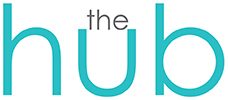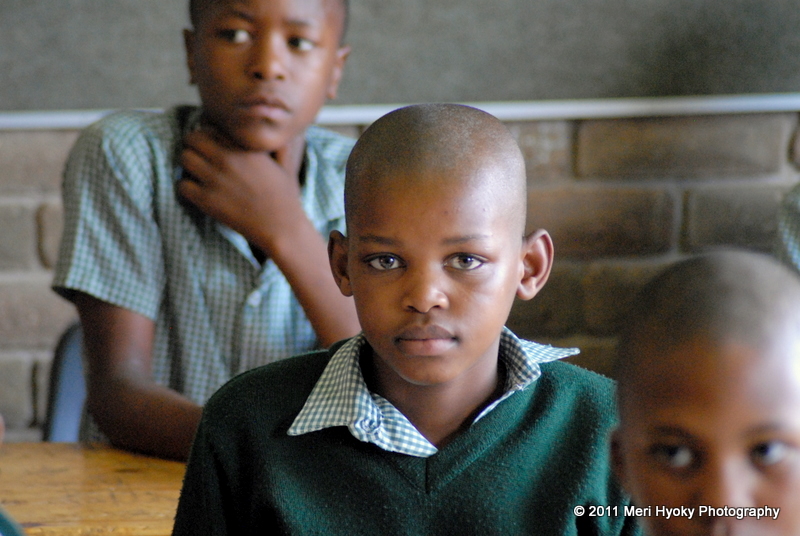By: Mamoeketsi Ntho
Originally posted on OSISA website.
The government of Lesotho has made significant progress in increasing access to education, particularly at the basic-education level. In 2009, the primary net enrolment rate was already 80.9 percent, while the literacy rate among people under the age of 25 was close to 100 percent. Despite this, the government of Lesotho is concerned about the quality of the education delivered.
This detailed report – produced by the Africa Governance Monitoring and Advocacy Project (AfriMAP) and OSISA – shows a government that has kept abreast of developments in the sector, and that is a signatory to many international conventions and protocols, which it has adapted for national implementation. This is remarkable in the context. And although there are concerns about the quality of the education provided and about the efficiency of the system, the achievements far outweigh the challenges, many of which are already being addressed.
Few countries are on track to achieve even one education-related Millennium Development Goal (MDG), whereas Lesotho has already achieved two. It is also on track with regard to many of the Education for All (EFA) goals. In terms of adhering to international benchmarks on financing education, Lesotho has gone beyond the set target. These achievements are even more remarkable given the limited control over the education sector by the government in real terms – since the majority of schools are owned and run by the Church.
Therefore, Lesotho offers an interesting case study of education sector governance and management without ownership of the requisite service-delivery structures. However, despite the progress made in Lesotho, the system could still be enhanced.
- Although the lack of school ownership has not prevented the government of Lesotho from achieving its goal of providing education, it is possible that government ownership would make management more effective. It is recommended, therefore, that the government use its budget allocation for education to construct or nationalise existing schools, while concentrating on regulating higher education. Given the small population of school-going children in the country, this can be achieved within the period of the current Education Sector Strategic Plan.
- Given that only registered schools are included in school statistics, it is actually not known what the true picture of the education system in Lesotho is. Along with improving the Education Management Information System (EMIS) to include higher education, it is recommended that a comprehensive census of schools and higher education institutions be conducted using an approach that appeals to proprietors. This information can then be used by the government to plan its school development component in a more realistic manner than is the case at present.
- Access to schooling at primary-school level is affected by many factors. It is recommended that the abolition of school fees be supplemented by other forms of support such as cash transfers to income-constrained households. This will increase not only access, but also retention of learners in the system.
- Since the government is unable to accommodate all eligible learners in its own schools, systems should be put in place to enforce the compulsory aspect of schooling for children aged 6 to 13.
- A more comprehensive teacher education management system should be developed to address teacher development, management and conduct. This should be supplemented by a union-led Professional Code of Conduct for teachers.
- Since donor funding is still financing a big part of the education budget, the Sectorwide Approach to programming (SWAp) should be implemented in order to take advantage of the benefits of working in this way. One of these benefits is joint planning and the monitoring of progress through public expenditure reviews. The SWAp also offers practice in finance management through the medium-term Expenditure Framework. Such skill is essential to functioning in the new aid environment.
This report is part of a series of three studies on Lesotho to be published by AfriMAP and OSISA. The others look at Political Participation and Democracy, and the Justice Sector and the Rule of Law.

